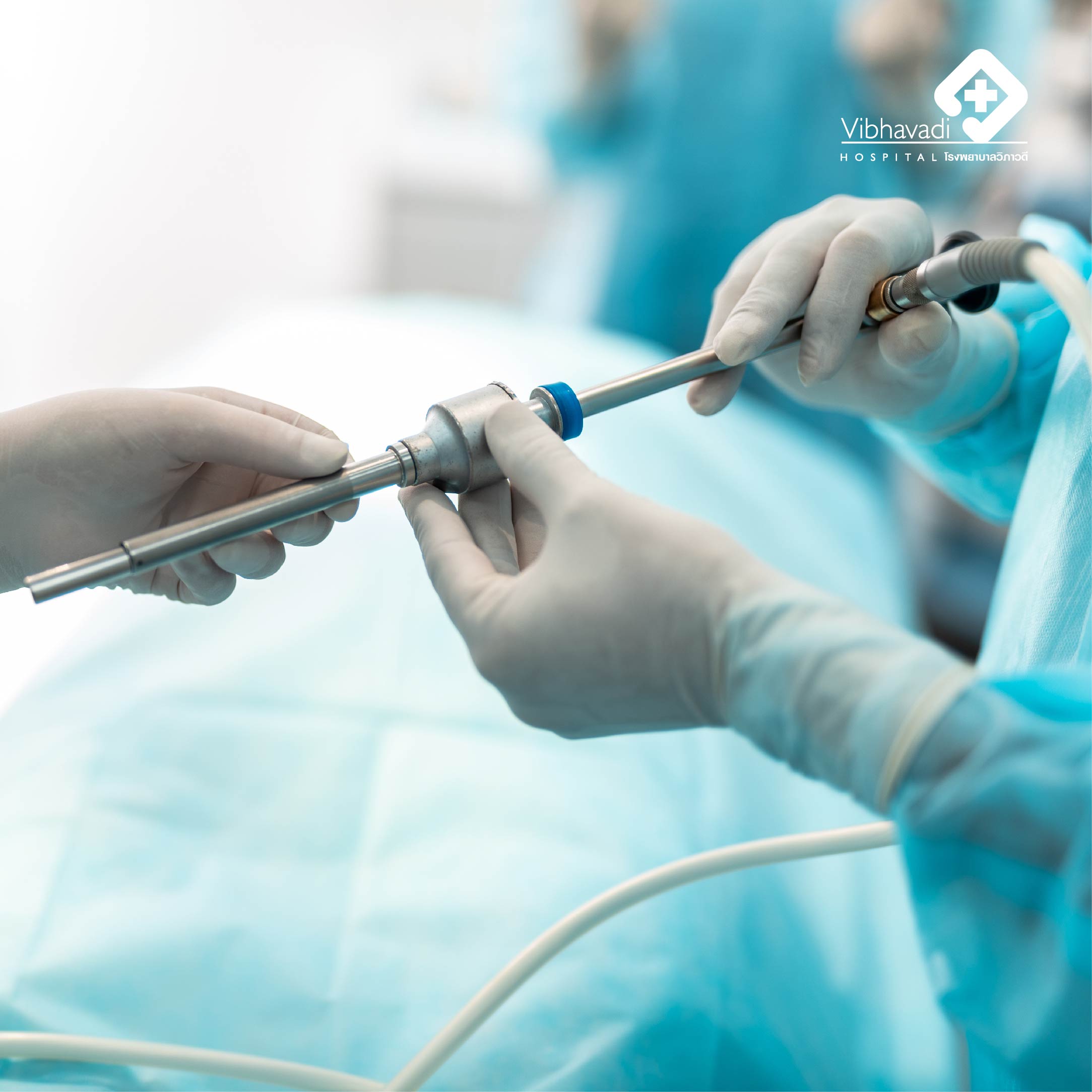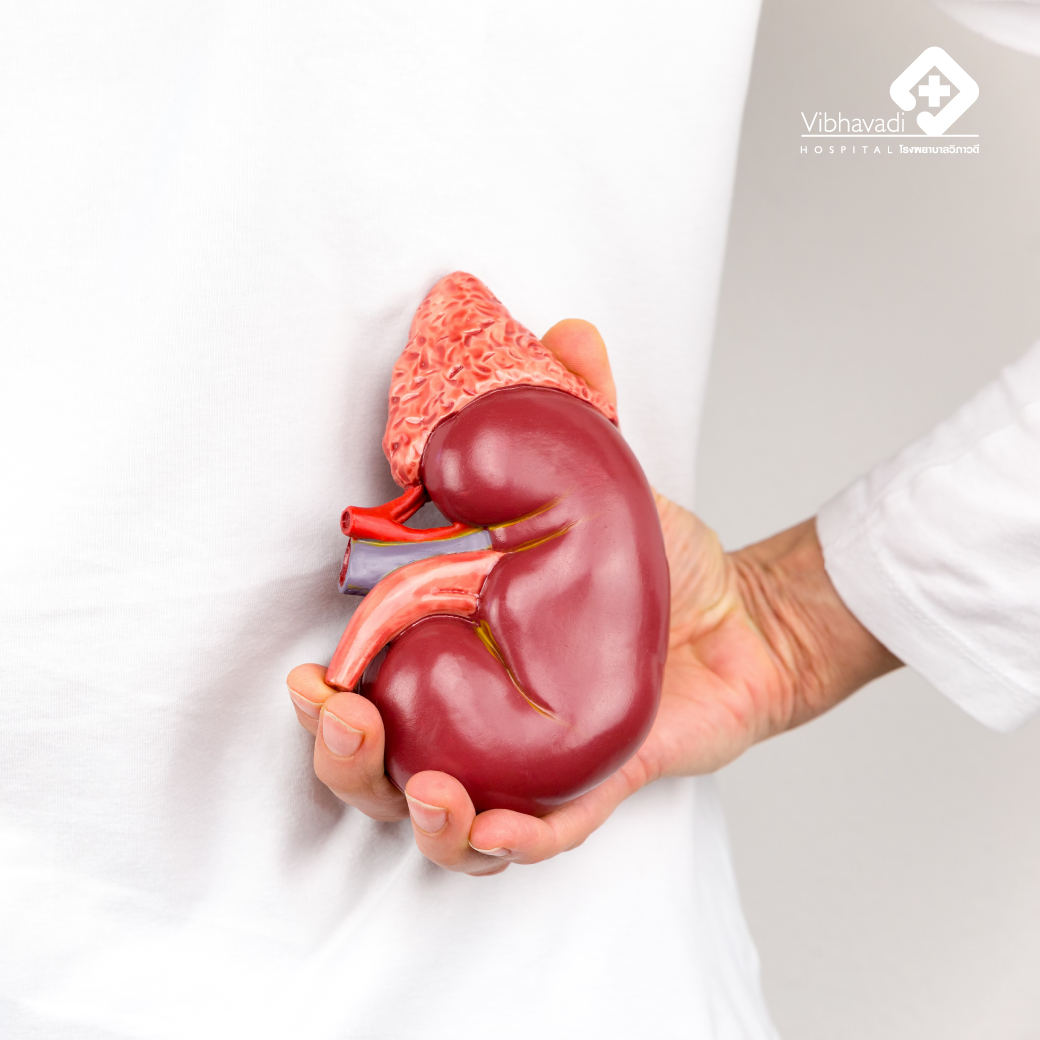
Minimize Scars with Laparoscopic Surgery
Endoscopic surgery is now widely used to treat various diseases, including but not limited to appendectomy, hernia surgery, large and small intestine surgery, thyroid surgery, and breast surgery. This minimally invasive surgical approach causes less trauma to patients, resulting in smaller surgical wounds and quicker recovery times. As a result, patients can return home sooner and resume their normal daily activities faster than traditional surgery.
There are two types of laparoscopic surgery: open surgery and endoscopic surgery, also known as minimally invasive surgery. Open surgery involves making a wide incision, typically 3-5 centimeters, and sometimes up to 10 centimeters for longer surgeries. This approach can be less safe if multiple organs and tissues need to be accessed during surgery, but it is sometimes necessary.
In contrast, endoscopic surgery involves making a small incision and using specialized tools to assist in the surgery. This approach can be used for many diseases, such as appendectomy, hernia surgery, surgery on the large or small intestine, thyroid surgery, and even breast surgery. Endoscopic surgery causes less injury and results in a smaller surgical wound, allowing for a faster recovery and quicker return to normal daily activities.
While laparoscopic surgery may take longer, typically around 45 minutes plus additional time for equipment setup and preparation, the benefits of smaller surgical wounds around 0.5–1 centimeters and shorter hospital stays make it a preferred option in many cases. For example, a laparoscopic surgery for a colon clot that previously required a 7-14 day hospital stay can now be reduced to only 3-5 days, allowing patients to return to their normal lives faster.
Restrictions of Laparoscopic Surgery
- Patients who are suitable for endoscopic surgery should have normal blood clotting function to avoid excessive bleeding during the procedure.
- Patients who have a history of multiple surgeries or have undergone radiation therapy may have excess scar tissue or adhesions in the abdomen, which can make endoscopic surgery difficult to perform. This can also make it challenging to create the necessary space to expand the abdominal cavity with air, which is required for optimal visibility and maneuverability during surgery. Therefore, careful evaluation of the patient's medical history and physical condition is essential to determine if endoscopic surgery is a feasible option for them.
Dr. Max Sorjia Jirapongsathorn, General Surgery Specialist, Vibhavadi Hospital














